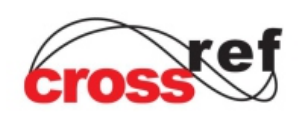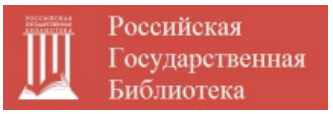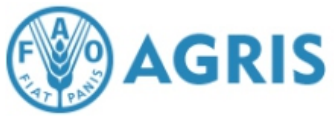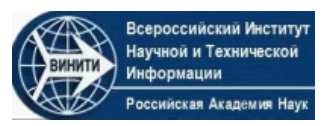Detection of encapsulated radio frequency tags on water during sewer systems inspection
V.P. Dashevsky, V.G. Rzhimsky, S.M. Ponomarenko
Upload the full text
Abstract. The problems and possibilities of passive radio frequency identification (RFID) technology for detecting unauthorized connections of industrial wastewater to storm sewers of cities and towns are discussed. The practical applicability of radio frequency identification methods for detecting illegal connections of industrial wastewater to storm sewers is assessed. Experimental laboratory studies were conducted to identify the technical characteristics and capabilities of passive RFID tags and readers in storm sewer conditions. It was found that passive RFID tags are reliably read at distances of up to 1.5 meters with a reader power of 0.15–1.4 W, if they are located above the water surface in order to reduce the effect of radio wave shielding by water. To ensure that the tag rises above the water, it can be placed in a voluminous lightweight polystyrene case, providing positive buoyancy. The studies conducted confirm the possibility of using passive RFID technologies to solve urgent problems of state environmental control (supervision) and environmental protection.
Keywords: radio frequency identification, RFID, passive radio frequency identification, directional antenna, unauthorized connections, state environmental control, industrial discharges
For citation. Dashevsky V.P., Rzhimsky V.G., Ponomarenko S.M. Detection of encapsulated radio frequency tags on water during sewer systems inspection. News of the Kabardino-Balkarian Scientific Center of RAS. 2024. Vol. 26. No. 5. Pp. 29–39. DOI: 10.35330/1991-6639-2024-26-5-29-39










